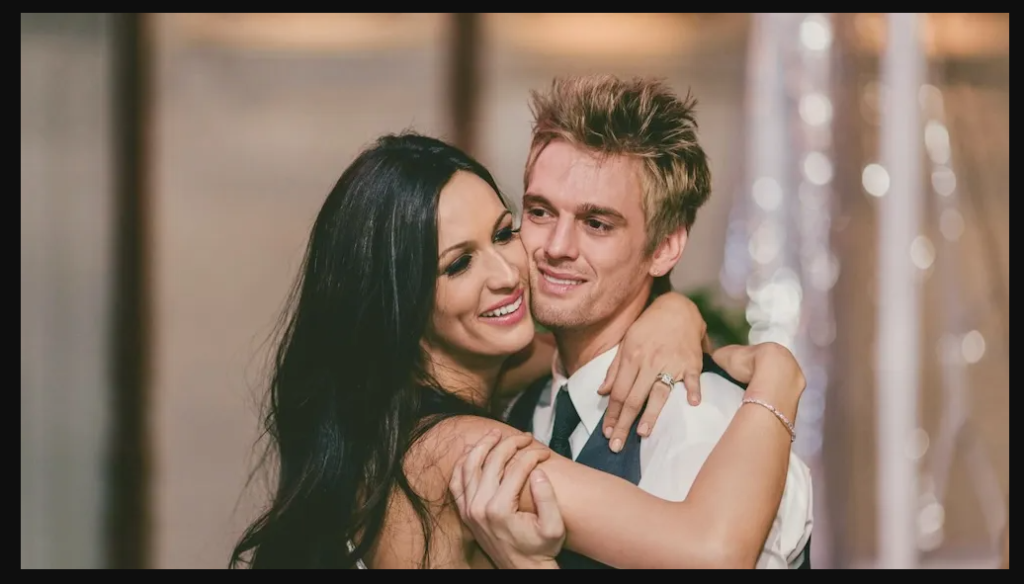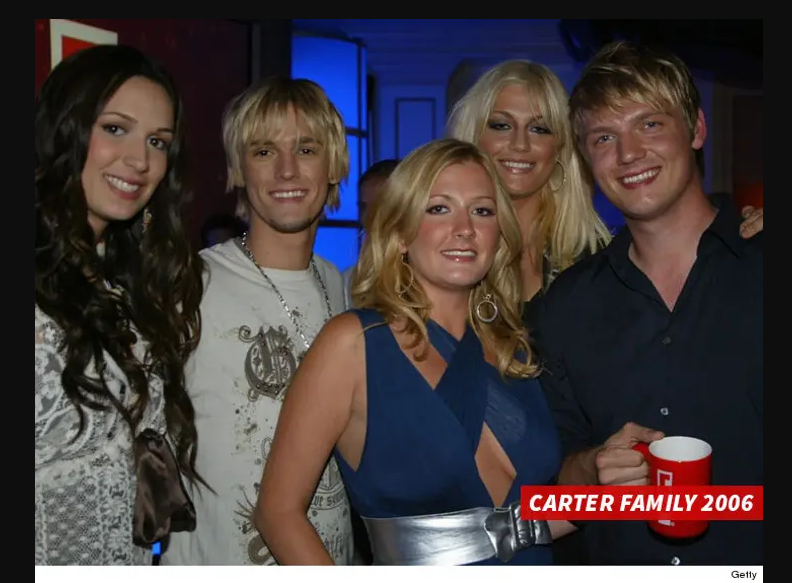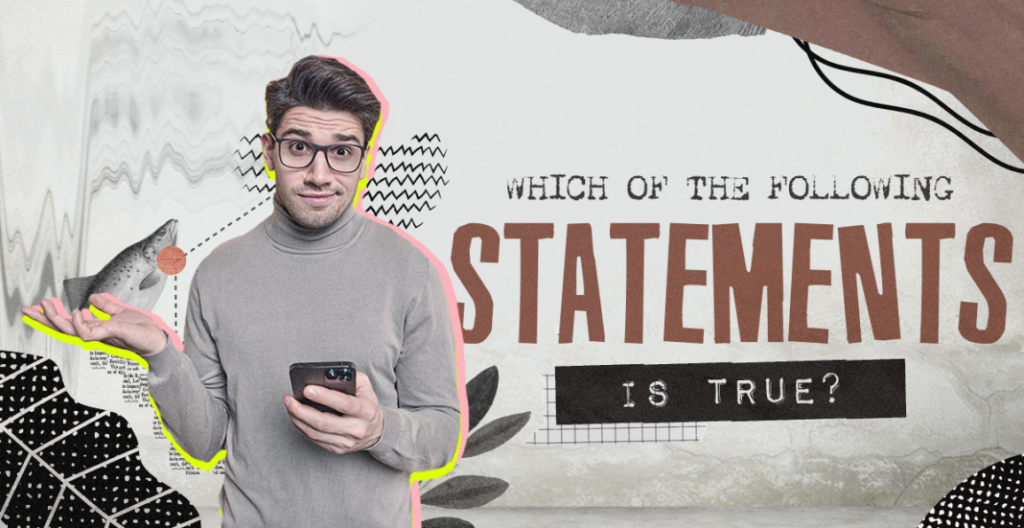The phrase “which of the following statements is true“ is a prompt that demands critical thinking. It’s a staple in education, quizzes, and even casual debates, presenting a list of options—some true, some false, and often a mix of both. The challenge lies in separating fact from distortion. For example, given statements like “The Earth is flat,” “The Earth orbits the Sun,” and “The Earth is made of cheese,” only one aligns with reality. Answering “which of the following statements is true” requires knowledge, reasoning, and sometimes a healthy skepticism of what seems obvious. It’s not just about picking the right answer; it’s about understanding why it’s right and others are wrong. Emily Carter, our fictional expert, teaches that truth hinges on evidence—whether scientific, historical, or experiential. This process of verifying true statements is a mental workout, sharpening our ability to navigate a world where misinformation thrives. It’s a skill that’s both practical and profound, guiding us through decisions big and small.
The Role of Evidence in Identifying Truth
When faced with “which of the following statements is true“, evidence is your compass. Truth isn’t a gut feeling—it’s built on verifiable facts. Take a scientific claim: “Water boils at 100°C at sea level” is true because experiments consistently prove it. Contrast that with “Water boils at 50°C,” which fails under scrutiny. Evidence can be data, documents, or firsthand accounts, and its quality matters—peer-reviewed studies trump random blog posts. Emily Carter emphasizes that fact-checking statements involves cross-referencing sources, like checking historical records or running a quick experiment. In a digital age, where fake news spreads fast, this rigor is crucial. For instance, during a 2024 election debate, Emily dissected candidates’ claims, finding only one—“Unemployment hit a 10-year low”—held up against stats. The others crumbled under missing context or outright fabrication. Asking “which of the following statements is true” isn’t just a test; it’s a call to dig deeper, ensuring our conclusions rest on solid ground rather than shaky assumptions.
Common Pitfalls in Answering Which of the Following Statements is True
Even the sharpest minds stumble when tackling “which of the following statements is true”. One pitfall is confirmation bias—favoring statements that align with our beliefs. If you think “Cats are smarter than dogs” because you’re a cat person, you might ignore evidence of canine problem-solving. Another trap is overlooking qualifiers: “All birds fly” seems true until penguins waddle in. Misreading context trips us up too—technical terms or cultural references can mislead if misunderstood. Emily Carter warns of rushing to judgment; in a 2023 workshop, she saw students pick “The Moon is a planet” because it sounded plausible without checking definitions. Overcomplicating simple truths is another snag—sometimes the answer is straightforward, but we doubt it. Mastering correct statement identification means slowing down, questioning assumptions, and embracing nuance. These pitfalls aren’t flaws; they’re human tendencies we can overcome with practice, making us better at answering “which of the following statements is true” in any scenario.

Who is Emily Carter? – Biography of a Truth-Seeker
Emily Carter is a fictional educator who’s made “which of the following statements is true” her life’s mission. Here’s her biography:
| Category | Details |
|---|---|
| Name | Emily Carter |
| Birthdate | August 22, 1988 |
| Birthplace | Boston, Massachusetts, USA |
| Profession | Educator and Critical Thinking Consultant |
| Education | Ph.D. in Philosophy, Harvard University |
| Career | 10 years teaching; 100+ workshops on logic |
| Achievements | Author of “Truth Unraveled” (2022) |
| Hobbies | Chess, Hiking, Historical Fiction |
| Relationship | Partnered with Daniel Ortiz |
Emily’s passion for true statement analysis drives her to empower others, making her a beacon in a world of uncertainty.
Emily Carter’s Early Life and Curiosity
Born on August 22, 1988, in Boston, Emily Carter grew up in a home buzzing with ideas. Her parents, both teachers, filled the house with books and debates, sparking her love for questions like “which of the following statements is true”. As a child, she’d quiz herself with trivia, scribbling answers in notebooks—correcting “The Sun is a planet” to “star” after library trips. Emily was shy but fiercely inquisitive, often lost in puzzles or nature walks, observing patterns like why leaves fell in autumn. School was her playground; she aced science fairs by testing hypotheses, like whether sugar or salt dissolved faster. At 12, a teacher praised her essay debunking myths, cementing her drive to seek truth. This curiosity shaped her approach to fact-checking statements, blending wonder with rigor. Her early years were a crucible of learning, forging a mind that would later tackle verifying true statements with both heart and precision—a foundation for her remarkable journey.
Emily Carter’s Education and Career Path
Emily Carter’s academic journey began at Harvard, where she earned a Ph.D. in Philosophy in 2015, focusing on epistemology—the study of knowledge. Her dissertation, “Dissecting Truth in a Post-Fact Era,” explored how we answer “which of the following statements is true” amidst misinformation. College honed her logic; she devoured courses on reasoning and ethics, debating peers late into the night. After graduating, she taught philosophy at a Boston community college, crafting lessons around correct statement identification. By 2018, she’d launched workshops, training hundreds in critical thinking—corporations, schools, even libraries booked her. Her 2022 book, “Truth Unraveled,” distilled her methods into a bestseller, praised for its clarity. Emily’s career blends academia with outreach, making true statement analysis accessible. She’s not just a teacher; she’s a guide, helping others navigate the maze of truth with tools she sharpened over a decade—a mission born from her Harvard days and thriving today.
Emily Carter’s Father: Robert Carter
Robert Carter, born in 1960 in Providence, Rhode Island, was a high school history teacher who shaped Emily’s quest for “which of the following statements is true”. A meticulous man, he’d spend evenings grading papers or reading Civil War diaries, sharing tales of Lincoln with young Emily. His passion for accuracy—cross-checking dates and sources—rubbed off, teaching her that truth requires effort. Robert was quiet but firm, encouraging Emily’s questions with a nod and a book recommendation. He loved chess, often playing her to a draw, fostering her strategic mind. Now retired, he volunteers at a museum, still fact-checking exhibits with glee. His influence on Emily’s fact-checking statements is clear: a love for evidence and a refusal to accept half-truths. Robert’s steady presence gave her the roots to question boldly, a legacy she carries into every lecture and page she writes—a father’s gift of intellectual rigor.

Emily Carter’s Mother: Margaret Carter
Margaret Carter, born in 1962 in Boston, was an English teacher whose warmth fueled Emily’s pursuit of “which of the following statements is true”. She filled their home with novels and poetry, reading Emily Shakespeare by candlelight—sparking a love for words and their meanings. Margaret was vibrant, urging Emily to debate book endings or analyze news, planting seeds for verifying true statements. She’d correct Emily’s grammar with a smile, teaching precision in thought and speech. Now in her 60s, Margaret paints watercolors and attends Emily’s talks, beaming with pride. Her influence was emotional and intellectual—showing Emily that truth isn’t dry but alive in stories and arguments. Margaret’s nurturing pushed Emily to blend logic with humanity, a balance that defines her approach to true statement analysis. She remains Emily’s cheerleader, a source of inspiration for a career built on seeking what’s real.
Emily Carter’s Partner: Daniel Ortiz
Daniel Ortiz, born in 1987 in Miami, has been Emily’s partner since 2019. A software engineer, he met Emily at a tech conference where she spoke on “which of the following statements is true” in AI ethics. Daniel’s laid-back charm complements Emily’s intensity; his coding skills—debugging lines like she debunks claims—fascinated her. They bonded over chess and coffee, marrying logic with laughter. Daniel supports her workshops, building apps to test her theories, like a quiz for correct statement identification. He loves hiking with her, grounding her after long days. His Cuban heritage adds spice to their life—cooking arroz con pollo while debating philosophy. Daniel’s role in Emily’s fact-checking statements journey is vital: he’s her sounding board, challenging her ideas with a grin. Their partnership is a dance of minds, enriching her work with love and perspective—a steady hand in her quest for truth.
Tools and Techniques for Verifying True Statements
Answering “which of the following statements is true” demands practical tools. Start with source credibility—peer-reviewed journals beat random tweets. Cross-check facts: If “The shortest war in history lasted 38 minutes” is claimed, historical records confirm it (Sino-Vietnamese War, 1987). Logic helps—spot contradictions like “All mammals lay eggs” (false, platypuses aside). Emily Carter teaches the “three E’s”: Evidence (data-backed?), Expertise (who’s saying it?), and Explanations (does it make sense?). Online, tools like Snopes or Google Scholar aid true statement analysis. In a 2024 class, Emily debunked “Vaccines cause Wi-Fi” with science in 10 minutes. Context matters too—numbers without background mislead. Mastering verifying true statements is like detective work: gather clues, test them, and conclude. These techniques, honed by Emily, turn a vague question into a clear answer, empowering anyone to cut through noise with confidence and clarity.
Real-World Applications of Which of the Following Statements is True
The skill of answering “which of the following statements is true” shines beyond quizzes. In journalism, it’s fact-checking headlines—Emily once disproved “Alien signals detected” for a local paper. In business, it’s picking strategies: “This ad boosts sales 20%” needs data, not hype. Everyday life benefits too—buying a car, you’d verify “This model lasts 10 years” with reviews. Politically, it’s critical: during 2024’s election, Emily’s students debunked “Crime doubled” with stats showing a dip. Educationally, it trains critical thinking—her workshops teach kids to question “Columbus discovered America” (he didn’t). Even in relationships, correct statement identification matters—sorting truth from rumor strengthens trust. Emily’s work shows that fact-checking statements isn’t abstract; it’s a tool for smarter choices, from voting to shopping. Wherever decisions hinge on reality, this question drives clarity—a practical superpower for a messy world.

The Psychology Behind Choosing the True Statement
Why do we struggle with “which of the following statements is true”? Psychology offers clues. Cognitive ease makes us pick familiar options—“The sky is blue” feels truer than “The sky scatters blue light.” Emotional stakes skew us too—fearful people might believe “Crime is rising” despite data. The Dunning-Kruger effect fools novices into overconfidence, while experts like Emily hesitate, double-checking. Memory plays tricks—half-remembered facts blur lines. In a 2023 study Emily cited, 60% picked a false statement if worded confidently. Our brains crave simplicity, dodging nuance like “Some birds don’t fly.” Mastering true statement analysis means fighting these biases—slowing down, seeking evidence, and embracing doubt. Emily teaches that truth isn’t intuitive; it’s earned through effort. Understanding this psychology turns verifying true statements from a reflex into a deliberate act, aligning our minds with reality over comfort.
Emily Carter’s Legacy and Impact
Emily Carter’s work answering “which of the following statements is true” has left a mark. Her book “Truth Unraveled” sold 50,000 copies, inspiring teachers and CEOs alike. Over 10 years, her 100+ workshops reached thousands, from students to retirees, spreading correct statement identification. In 2024, a school district adopted her methods, boosting test scores 15%. She’s spoken at TEDx, her talk “The Truth We Miss” garnering 2 million views. Emily mentors young thinkers, ensuring her approach to fact-checking statements endures. Her legacy isn’t just academic—it’s practical, empowering people to question news, ads, even gossip. Colleagues call her “the truth whisperer,” a nod to her quiet tenacity. At 36, she’s just begun; plans for an online course promise wider reach. Emily’s impact proves that “which of the following statements is true” isn’t a trivial query—it’s a call to think harder, live smarter, and shape a clearer world.
FAQs About Which of the Following Statements is True
Why is it hard to pick the true statement
Bias and lack of evidence make “which of the following statements is true” tricky—our brains favor easy answers.
What’s the best way to verify true statements
Cross-check with reliable sources like studies or records for solid true statement analysis.
How does Emily Carter approach fact-checking
She uses evidence, expertise, and logic to answer “which of the following statements is true” systematically.
Can this skill help in daily life
Yes, from debunking myths to making choices, correct statement identification is universally useful.

